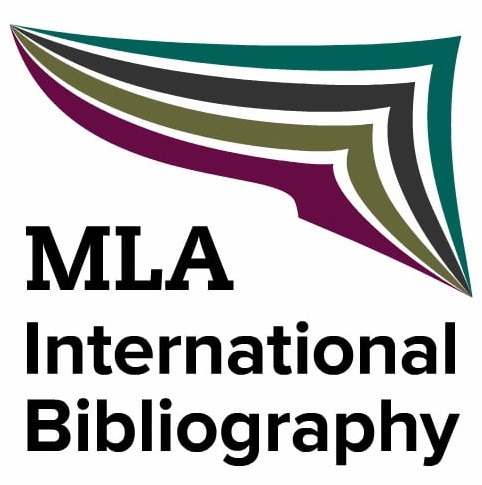Between Allegory and Modern Montage: The Images in W.G. Sebald’s “Vertigo”
DOI:
https://doi.org/10.13135/2281-6658/3435Parole chiave:
Literature, photography, SebaldAbstract
The paper focuses on the images in W.G. Sebald’s Vertigo, based on an iconographic interest. Absence in those images doesn’t come as abstraction, but by way of ostensive figuration. The deceased appear both allegorically and in person in their landscapes of death. The story of Vertigo follows Stendahl, Kafka and the narrator himself on their journeys through upper Italy. In Limone, the narrator tells his landlady that he is writing, as it appears to him more and more, a detective story. By coincidence, and against his will, he becomes involved: in Verona he meets a person named Carlo Cadavero, and on three occasions sees a scene with two men carrying a corpse on a stretcher, before the reader learns that it is Kafka’s Hunter Gracchus on his aimless and endless voyage through the deeper regions of death. After this disclosure the reader meets the restless hunter twice again in Wertach of all scenes, a tiny village in the Allgäu and—as part of the book's third chapter – the narrator’s place of birth. At first glance, the images function as devices of the stories, in which they appear. When looked at again, they can alter and seem to go through various transitions; they are both a riddle and a disguise, somewhere in a precarious state between objectness and rupture: a hidden reference to Leonardo Sciascia’s multi-layered detective stories hints at their strategy of montage. Intermediality here is more than a mix of genres; the images have their own critical impact, while the story meanders around them—seemingly untouched by their resistance—in long laconic sentences.
Downloads
##submission.downloads##
Pubblicato
Fascicolo
Sezione
Licenza
Gli autori mantengono i diritti sulla loro opera e cedono alla rivista il diritto di prima pubblicazione dell'opera, contemporaneamente licenziata sotto una Licenza Creative Commons - Attribuzione che permette ad altri di condividere l'opera indicando la paternità intellettuale e la prima pubblicazione su questa rivista.






